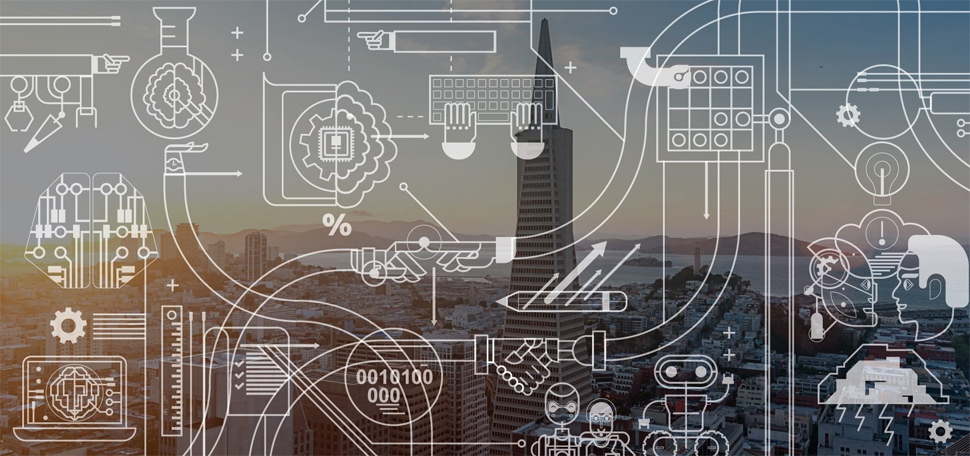
19th September 2016 How AI might affect urban life in 2030 A diverse panel of academic and industrial thinkers has looked ahead to 2030 to forecast how advances in artificial intelligence might affect life in a typical North American city, and to spur discussion about how to ensure that AI is deployed in ways that are safe, fair and beneficial.
In December 2014, Stanford University began a century-long project known as the One Hundred Year Study on Artificial Intelligence (or AI100). This was intended to study the long-term implications of artificial intelligence in all aspects of work, life and play – providing guidance on the ethical development of smart software, sensors and machines. The team behind AI100 has now published the results of their first investigation, titled: "Artificial Intelligence and Life in 2030." "We believe specialised AI applications will become both increasingly common and more useful by 2030, improving our economy and quality of life," said Peter Stone, a computer scientist from the University of Texas at Austin and chair of the 17-member panel of international experts. "But this technology will also create profound challenges, affecting jobs and incomes and other issues that we should begin addressing now to ensure that the benefits of AI are broadly shared." The AI100 standing committee first met in 2015, led by chairwoman and Harvard computer scientist Barbara Grosz. It sought to convene a panel of scientists with diverse professional and personal backgrounds and enlist their expertise to assess the technological, economic and policy implications of potential AI applications in a societally relevant setting. "AI technologies can be reliable and broadly beneficial," Grosz said. "Being transparent about their design and deployment challenges will build trust and avert unjustified fear and suspicion." The report investigates eight areas of human activity in which AI technologies are already beginning to affect urban life, in ways that will become increasingly pervasive and profound by 2030. The 28,000-word study includes a glossary to help non-technical readers understand new AI applications – such as how computer vision might help screen tissue samples for cancers, for example, or how natural language processing will enable computers to grasp not simply the literal definitions, but the connotations and intent, behind words. "It is not too soon for social debate on how the fruits of an AI-dominated economy should be shared," the researchers write in their report, noting the need for public discourse. "Currently in the United States, at least sixteen separate agencies govern sectors of the economy related to AI technologies. [...] Who is responsible when a self-driven car crashes, or an intelligent medical device fails? How can AI applications be prevented from [being used for] racial discrimination or financial cheating?"
The eight sections discuss:
"Until now, most of what is known about AI comes from science fiction books and movies," Stone says. "This study provides a realistic foundation to discuss how AI technologies are likely to affect society." Meanwhile, Grosz said she hopes the AI 100 report "initiates a century-long conversation about ways AI-enhanced technologies might be shaped to improve life and societies." The full report can be downloaded at https://ai100.stanford.edu/sites/default/files/ai_100_report_0831fnl.pdf You can listen to a podcast below:
---
Comments »
|








